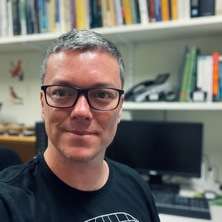The evolution of recombination cold spots during speciation (2014-2017)
Abstract
In the absence of geographic barriers, sexual reproduction between diverging populations is the greatest obstacle to the formation of new species. As diverging populations accumulate differences by the action of natural selection, genetic recombination resulting from sexual reproduction eliminates them. As a consequence, cases of speciation with gene flow such as sympatric or parapatric speciation have been considered improbable. This project will investigate novel hypotheses for the formation of new species in the face of gene flow, and will evaluate empirically their predictions using the groundsel Senecio lautus. Results derived from this investigation will provide novel insights into the old riddle of speciation with gene flow.


